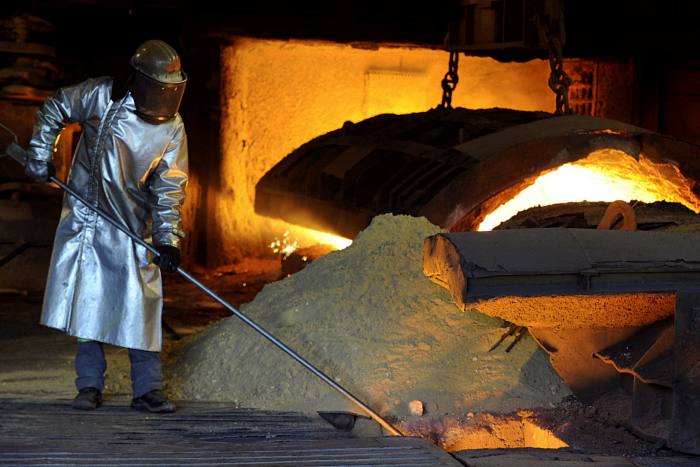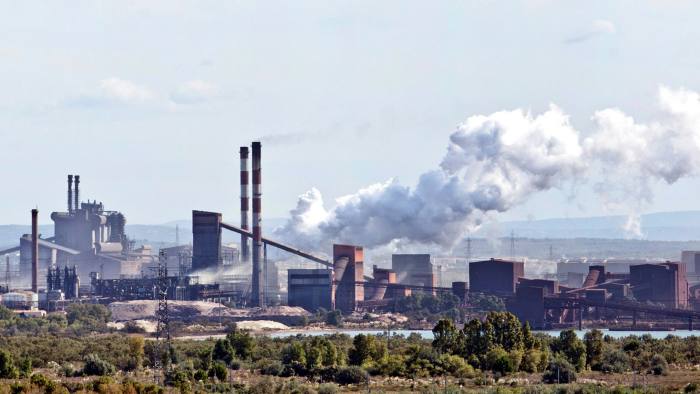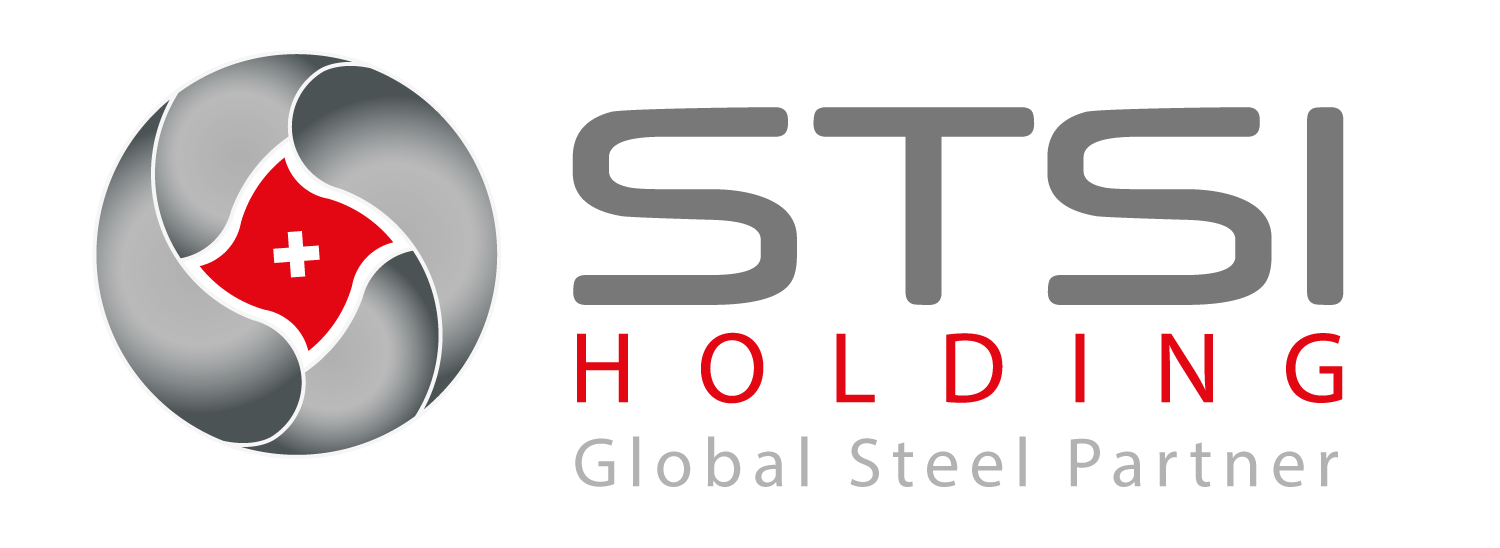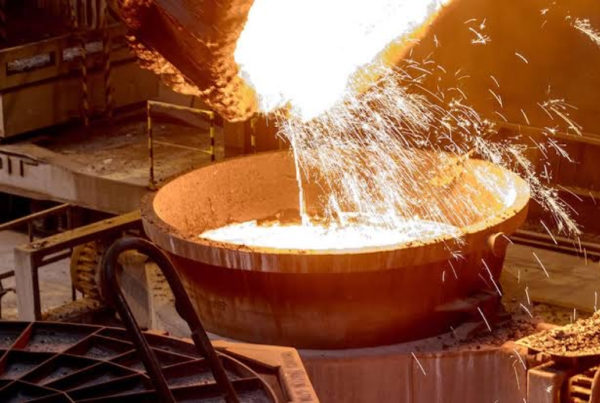

At the Fos-sur-Mer steelworks near the French city of Marseille, molten iron is flowing again from blast furnace no. 1 for the first time in six months. The restart of the facility at the ArcelorMittal plant on the Mediterranean coast offers rare relief for the €170bn European steel industry struggling long before coronavirus. Bruised by global steel trade wars and faced with EU climate change policies targeting the continent’s biggest polluters, steel manufacturers could do little when the pandemic eviscerated demand from their main customers. But as a resurgence in COVID-19 threatens more economic disruption, the crisis may prove the catalyst required to confront what many believe is the biggest — and politically most contentious — obstacle to a prosperous future for Europe’s steel sector: too much capacity.
“The steel industry needs to provide a credible plan: how from a sunset industry it can come back again as an industry which is clean and necessary in the industrial supply chain of Europe,” said Roland Junck, the interim chief executive of Liberty Steel Europe & UK, one of the continent’s top-five producers.
A veteran of an industry that employs 330,000 people in Europe, Mr. Junck said the crisis had delivered the “single biggest hit” to demand he had seen in his career. Some of this is down to the automotive sector, which uses so-called flat steel in car bodies and accounts for about 20 percent of European consumption of the metal. Global automobile sales will not recover to pre-pandemic levels until 2025 at the earliest, according to components supplier Continental.
“Profitability was already depressed before the coronavirus crisis, and now with the weakness of key end-markets like automotive, the problem has gotten worse,” said Ingo Schachel, an analyst at Commerzbank. “We’re seeing historically low levels of profitability.”
And government pledges from France and Germany to help steer their economies through the crisis by spending on infrastructure is likely to buoy demand for so-called ‘long’ steel products such as beams, girders, and rail lines. Some are doubtful that even this modest rebound has legs. Colin Richardson of Argus warned that “all the current demand is predominantly restocking, so it will probably fizzle in the fourth quarter.” Even if it proves resilient, most executives agree that the pandemic has injected new urgency into the need for an industry-wide overhaul.

“It’s a question of consolidating or be consolidated,” said an executive at one steel group. “Those companies who went into [the pandemic] facing some problems, then the COVID situation has made it a hell of a lot worse.” Like the rest of the global steel market, Europe has long suffered from an excess of factories, dragging down prices and profits. Global overcapacity is estimated at 500m tonnes, compared with total production of 1.87bn tonnes last year. Despite the closing of many older and dirty mills in China, there are still concerns about too much supply from the world’s biggest steel producer.
“What needs to happen is maybe less consolidation, and a bit more capacity closing,” said a banker who advises European steel manufacturers. “Nobody actually looks at it economically. Do we really need all that capacity open? The answer is no”. But it is not just companies that need to be convinced of the merits of rationalization. Since governments have historically regarded the steel industry as a symbol of national economic strength, politicians have been loath to sanction plant closures.
Thyssenkrupp, Europe’s second-largest steelmaker, is the natural candidate to lead any shake-up after the conglomerate offloaded its elevators business for €17bn earlier this year. The possibility of an all-German merger with rival Salzgitter, in which the state of Lower Saxony holds a 26 percent stake, has some political support. It is likely to be viewed more favorably by local labor unions than a tie-up with Sweden’s SSAB, an option reportedly backed by the activist investor Cevian Capital, holding in Thyssenkrupp.
Yet with Thyssenkrupp having already announced 3,000 job cuts, the possibility of more is likely to be resisted by politicians intent on protecting one of the last major blue-collar employers in Germany’s former industrial heartland, the Ruhr valley. Indeed, three of the contenders to replace Angela Merkel at the head of Germany’s governing Christian Democratic party hail from North Rhine-Westphalia, home to the bulk of its steel operations.
If a worsening coronavirus crisis could yet break the resistance of politicians to consolidation, Europe’s regulators will also need persuading. Last year, the EU competition watchdog blocked Thyssenkrupp’s plan to forge an industry powerhouse through a €15bn tie-up with Tata Steel Europe. However, the German group is appealing against the ruling to prevent a precedent if the Indian giant makes another approach.
Although antitrust concerns in Brussels may still prove an obstacle, another initiative could offer the European industry more excellent protection from overseas imports and spur investment in green technology. The EU’s push for a ‘net zero’ economy by 2050 has emerged as a significant challenge for the sector, which is one of the most significant sources of greenhouse gas emissions. Over the past three years, the price of the carbon permits that European polluters must obtain to offset their emissions have soared.
ArcelorMittal alone has estimated that decarbonizing its operations could cost up to €40bn. But the European Commission is now considering a ‘carbon border tax’ that would impose a CO2 charge on goods from outside the bloc, ensuring companies in countries with lower environmental standards do not have an unfair advantage. Together with public funding for low-carbon projects, the hope is that European steelmakers can emerge as leaders in producing the metal more cleanly.
However, many observers believe this will remain elusive unless difficult decisions are taken to shrink to a healthier size. “The steel industry has to find ways of coping with a demand level that’s structurally lower,” notes Mr. Schachel of Commerzbank, who says the crisis will leave a “lasting impact.”
Source: The Financial Times



